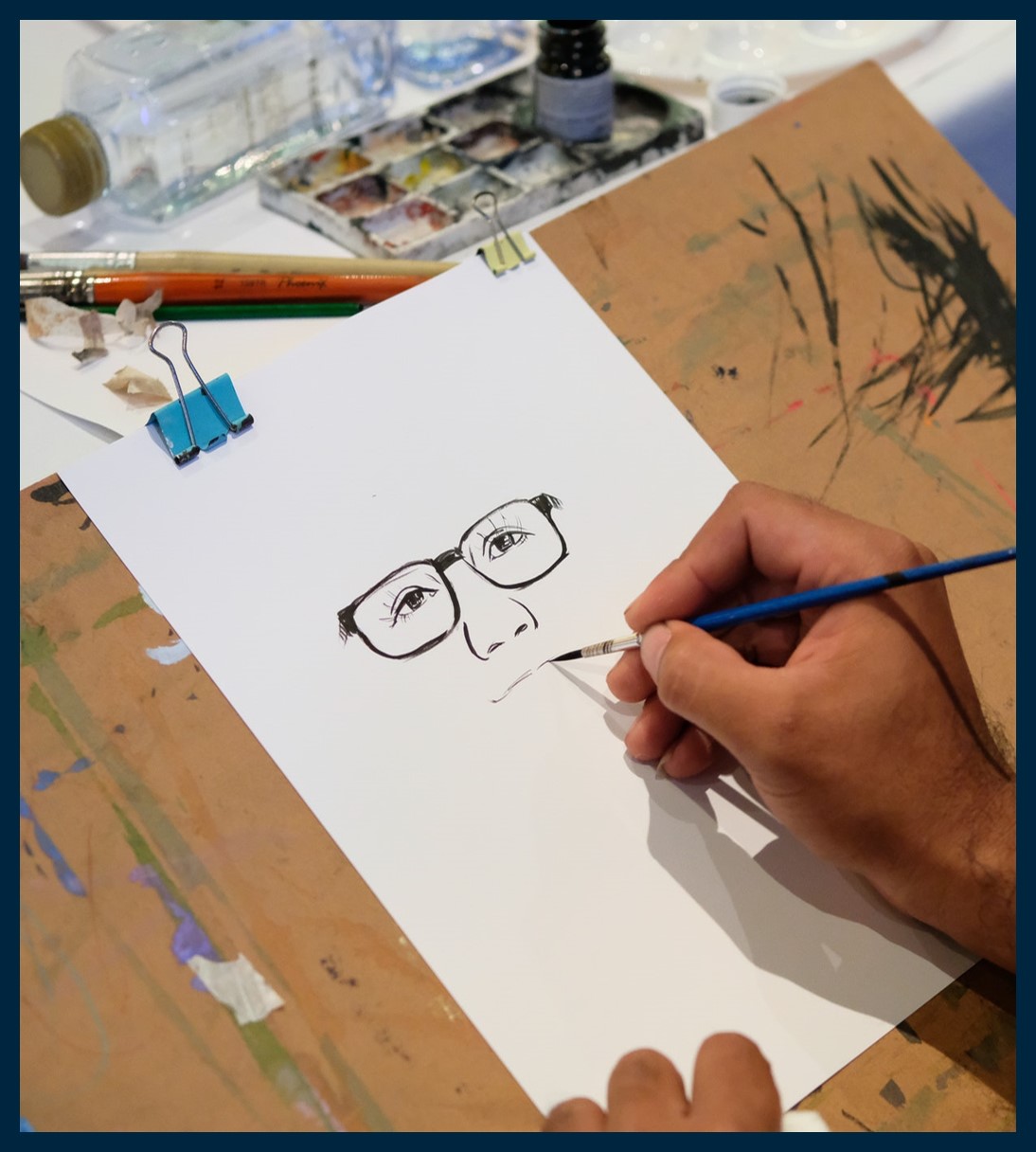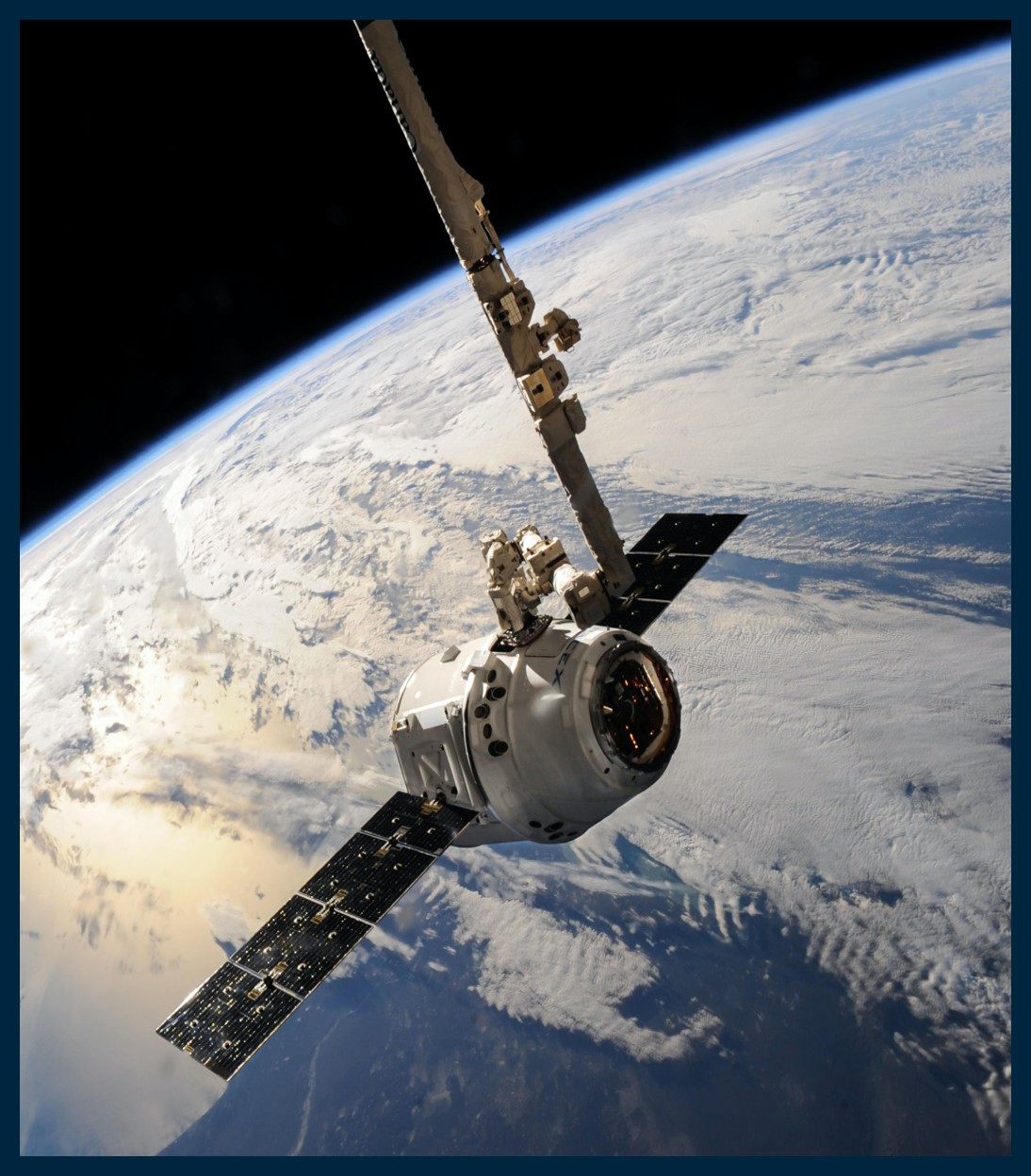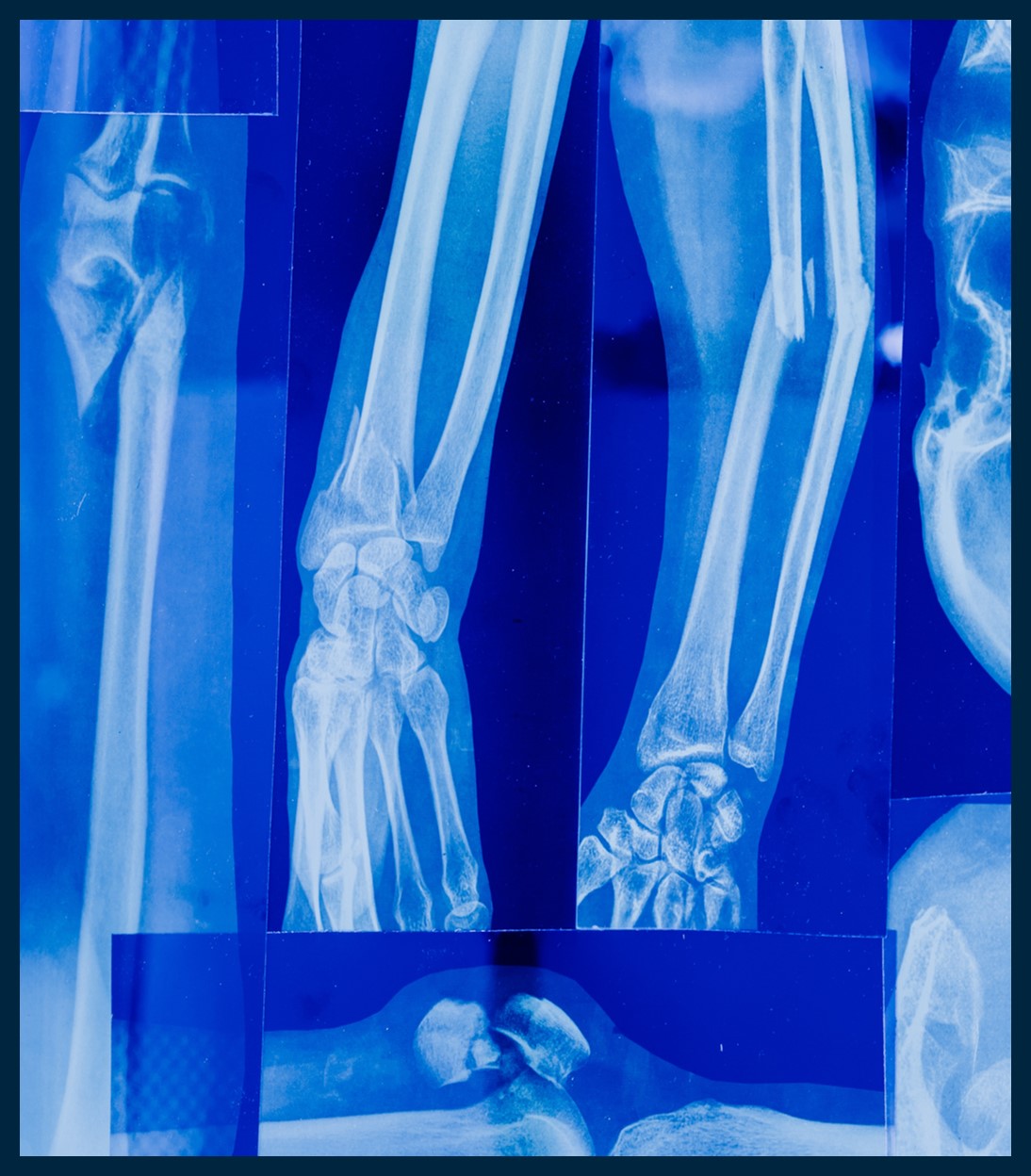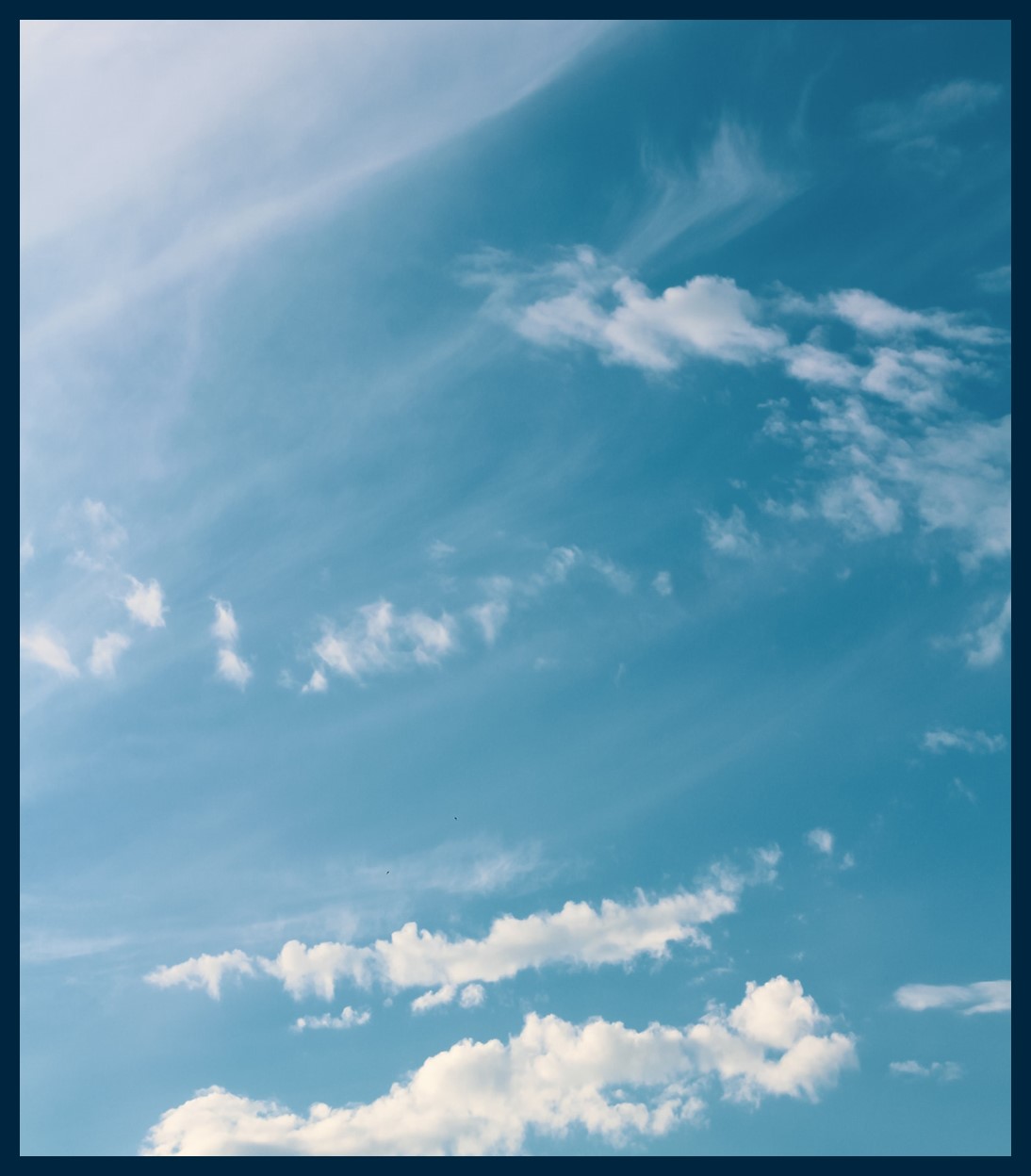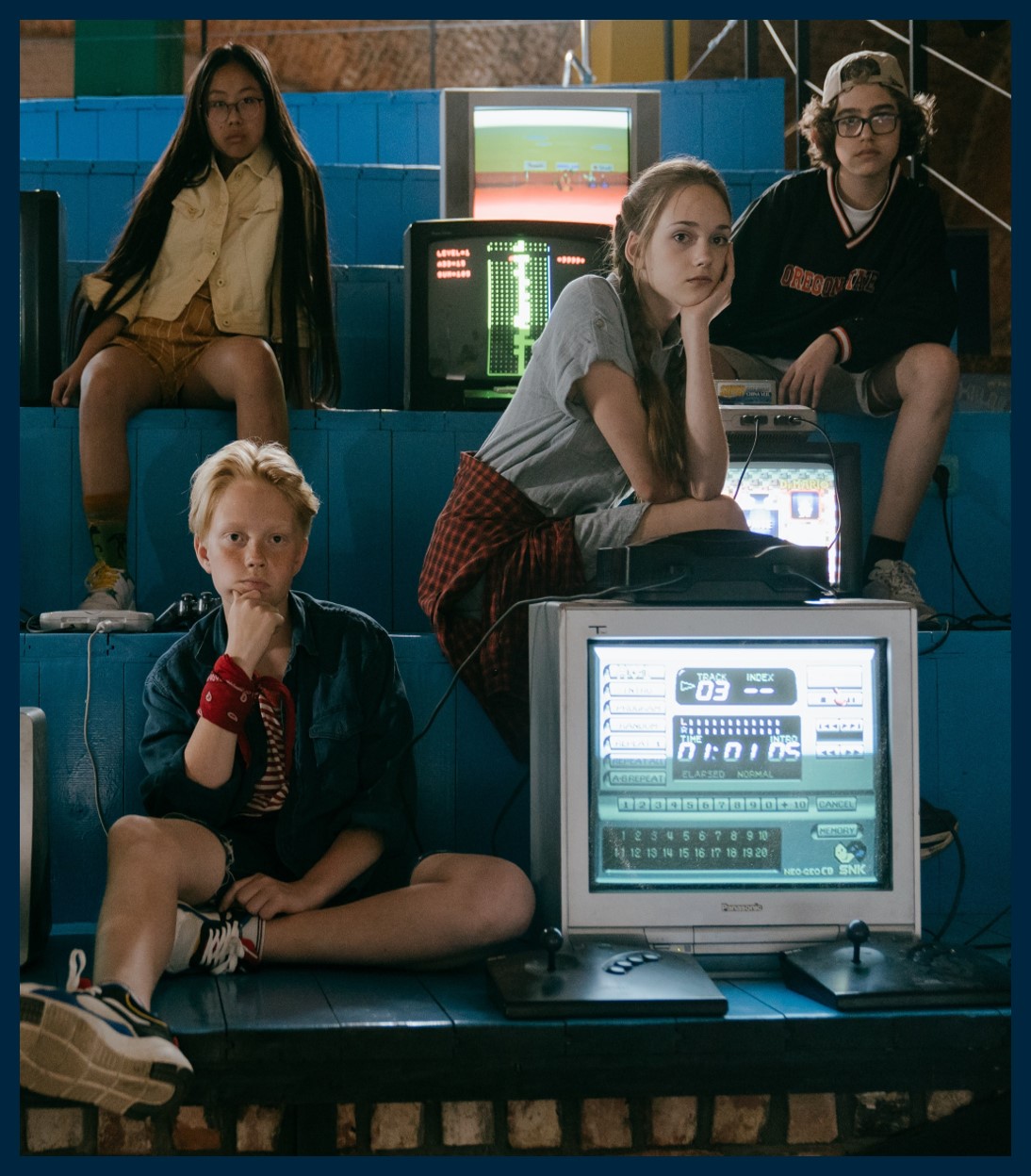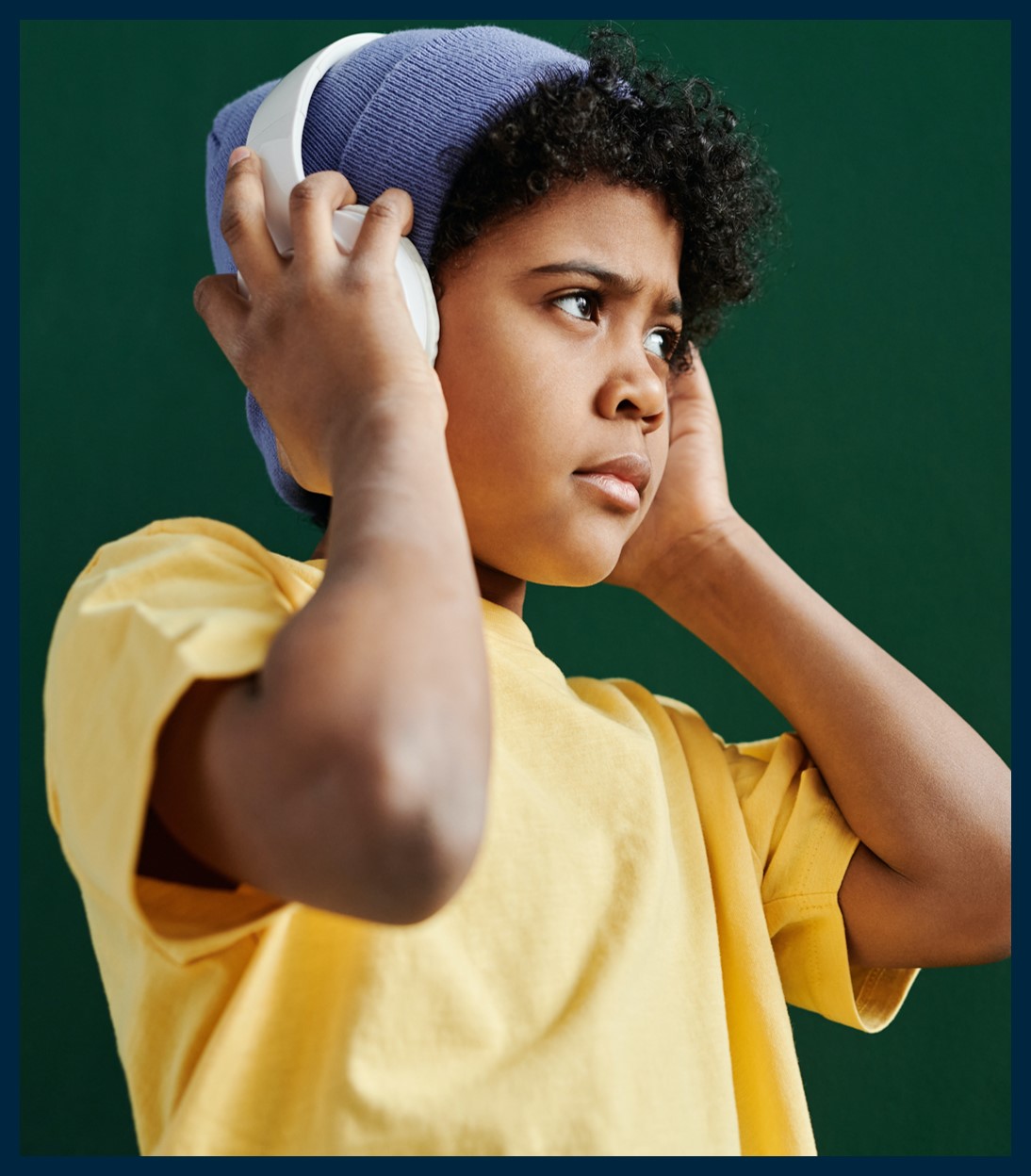
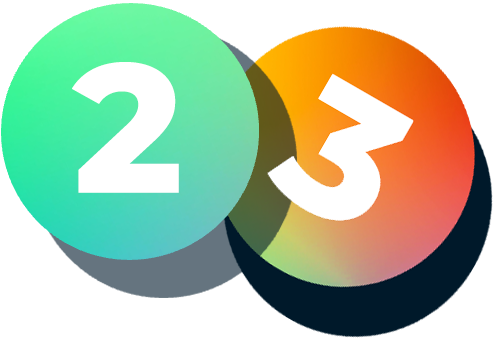
PROCESS
“Test drives”
OUTPUT
Social Impact
How can complex data be represented?
Keywords: arts to STEM, social impact, arts as a way to communicate
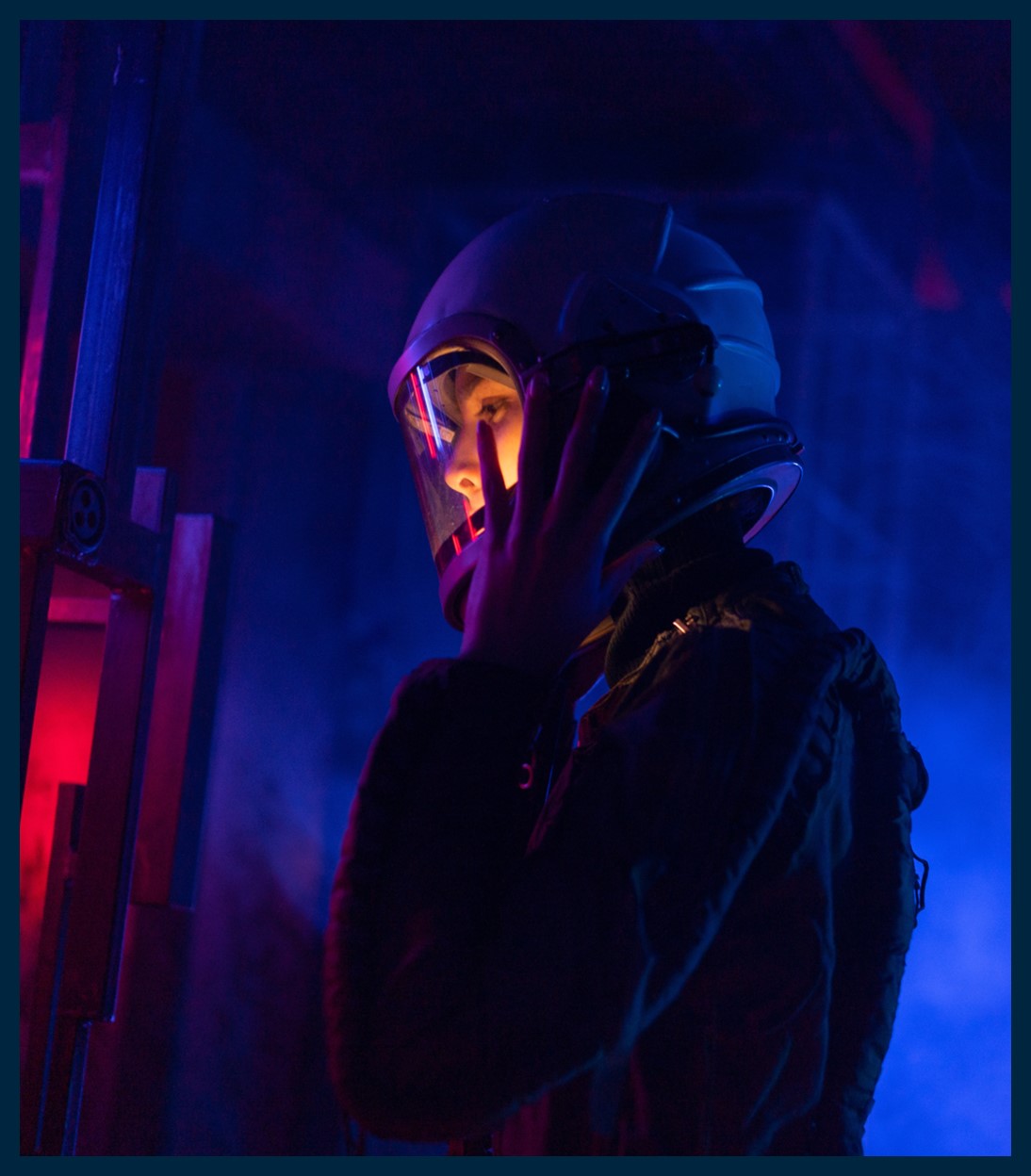
Who?
MoY, a collective comprising artists Katerina Chryssantopoulou and Benoît Durandin, carry out cross-practices in the fields of art, architecture and science.
A collaborative process with GTD System and Software Engineering, one of the most important European companies in sectors such as space, aeronautics, energy or science.
What?
A collaborative and multidisciplinary process for knowledge exchange and creation of innovation processes between creatives, artists and organizations, developed in the framework of Disonancias (2008-2009), a program where fourteen research projects were developed jointly by international artists and organizations from Catalonia and the Basque Country (Spain).
The Eighth Passenger aimed to develop a reliable source of knowledge to assist space crews. To this end, experimental research was carried out, starting with the question: how can complex data be represented and at what scale? In response, a series of tools were devised to create alternatives or improvements to the graphical interface of decision support systems for users handling large amounts of complex data in a manned space mission control center.
Why?
The Eighth Passenger was an experimental research and prototyping process led by creatives and engineers working together to find a solution to support decision making and decision support systems, modelling of complex data, predictive diagnose and data, among others.
Results
In 2010, GTD presented the Eighth Passenger, conceived as an assistant based on artificial intelligence and augmented reality techniques capable of guiding astronauts on future manned planetary exploration missions. The ePartner helps interpreting complex data and material with which astronauts might not be experts in, such as engineering, medicine or psychology. The aim was to aid them in critical circumstances, and at the same time suggesting actions to be executed in specific situations.
One of the starting questions of this research process was: How can complex data be represented and at what scale? Mo Y created a holistic image by working from physical laws, chemical signals and biological morphogenesis. As a result, the conceptualization of an assistant based on artificial intelligence and augmented reality techniques capable of guiding astronauts on future manned planetary exploration missions in the interpretation and handling of complex data and materials in which they are not experts such as engineering, medicine or psychology. The aim was to aid them in critical circumstances, and at the same time suggesting actions to be executed in specific situations.
Sources
Gtd.eu. 2010. GTD presents the “Eight Passenger” concept for astronaut crew in future space missions. | GTD Blog. [online] Available at: https://www.gtd.eu/en/news-and-events/gtd-presents-eight-passenger-concept-astronaut-crew-future-space-missions [Accessed 25 March 2022].
Zabeli, E. and Chryssanthopoulou, K., 2022. Moy Studio. [online] Moystudio.gr. Available at: https://moystudio.gr/en [Accessed 18 March 2022].

